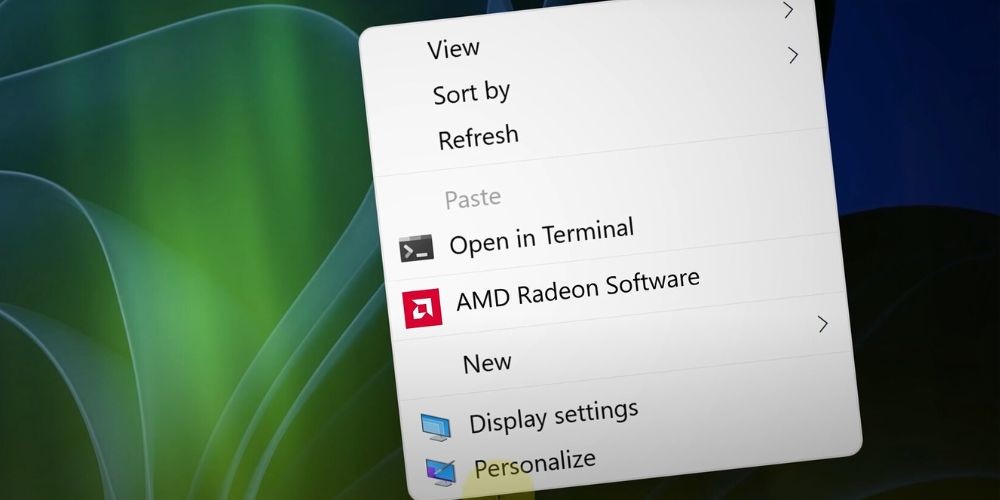AMD's Shift Toward the Future: Windows 11 as the New Norm for Strix Point APUs
- 15-05-2024

In an unexpected twist, AMD is steering its newest processors, the Strix Point APUs, away from Windows 10, moving instead to embrace Windows 11 exclusively. Recent communiqués from sources close to Lenovo China have stirred the pot, indicating AMD's departure from Windows 10 driver support. This pivot not only opens up discussions on the future trajectory of operating systems but also emphasizes the growing influence of AI in our computing essentials. As Windows 10 users form the bulk of the desktop OS market, this decision marks a significant shift, urging users towards the newer Windows 11.
At the heart of AMD's decision lies the advanced AI capabilities embedded within the Strix Point APUs. These processors are not your ordinary chips; they're envisioned to operate with a dedicated NPU (Neural Processing Unit), targeting an impressive 77 TOPs of AI processing power. This innovative step by AMD puts these chips in a league of their own, potentially transforming user experiences across various applications. However, it's this very advancement that purportedly makes Windows 10 support less feasible, showcasing the growing pains associated with the rapid evolution of technology.
Moreover, the graphical prowess of these APUs shouldn't be overlooked. With 16 RDNA 3.5 compute units, AMD promises gaming performance that could redefine expectations for PC enthusiasts. While it's likely that Windows 10 will continue to receive graphics driver support to leverage the full potential of these processors, Windows 11 appears to be a must-have. This shift underscores the symbiotic relationship between software and hardware development, highlighting how advancements in one arena necessitate changes in the other.
The implications of AMD's move are far-reaching. For one, it signals the industry's gradual yet undeniable transition towards more AI-centric computing. It also situates Windows 11 as a pivotal platform for future innovations, driving users and developers alike towards the latest Microsoft operating system. This aligns with broader trends in technology that prioritize adaptability and forward-thinking, even if it means leaving behind a large segment of the current user base.
In conclusion, AMD's focus on Windows 11 for its Strix Point APUs may come as a surprise to many, but it's a decision rooted in a vision for the future. As technology marches forward, the incorporation of AI into the fabric of computing necessitates shifts that may be uncomfortable but are undeniably exciting. This transition highlights the importance of staying current, not just in hardware, but in the ecosystems that support them. For Windows 10 enthusiasts, the message is clear: the future is now, and it's running on Windows 11.